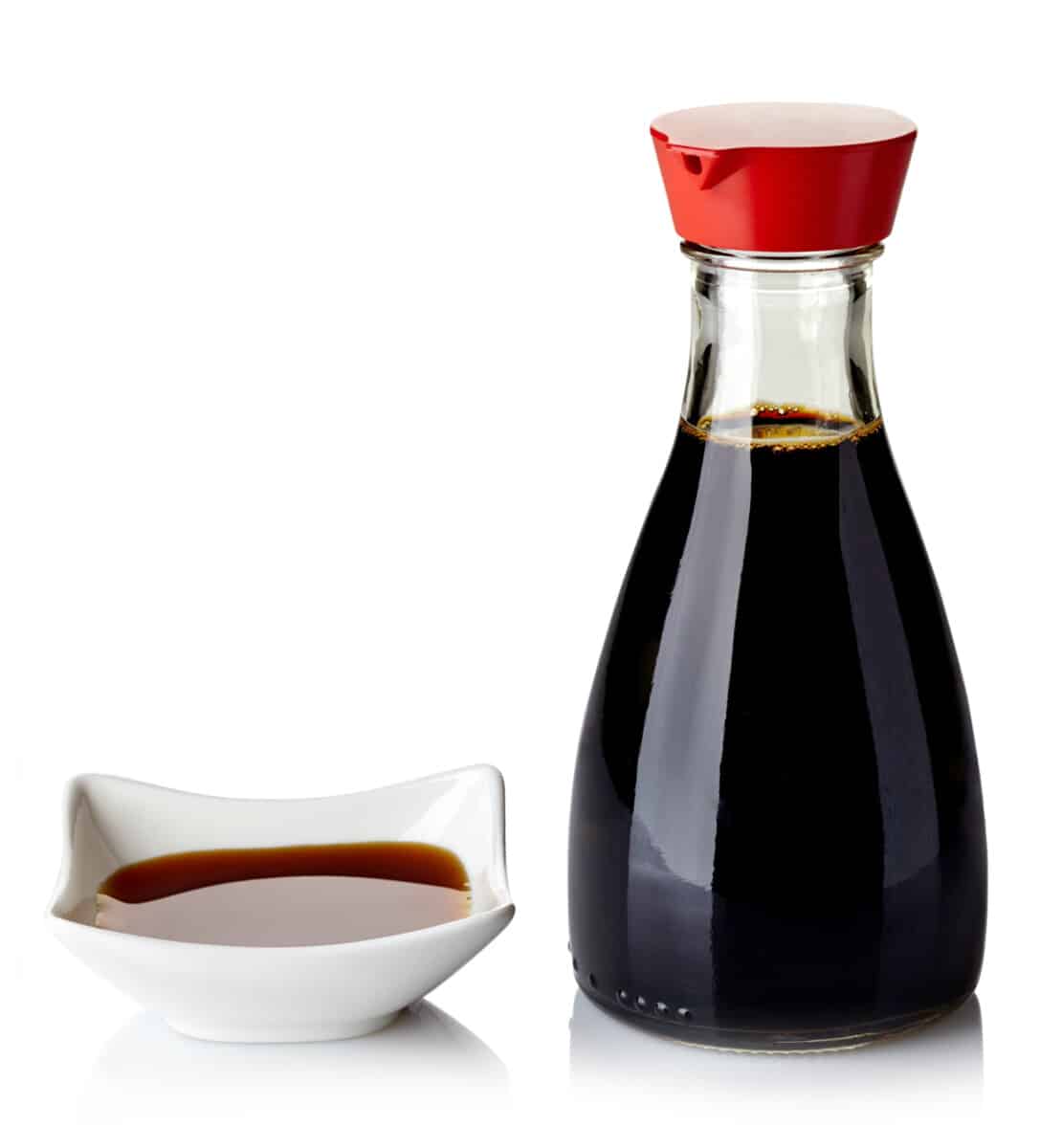The Japanese are famous for their condiments, sauces, and spices that make their cuisine and dishes uniquely characteristic of the culture. The following exploration guide contains some of the most ubiquitous and delicious of these that any seasoned foodie will need for any true Japanese dish.
Spices
Aonori
Fine seaweed flakes, called Aonori, are typical for stir-fried dishes as well as grilled or deep-fried foods. It’s sprinkled over several traditional and popular dishes like stir-fried noodles, battered octopus balls (takoyaki), and savory-style pancakes.
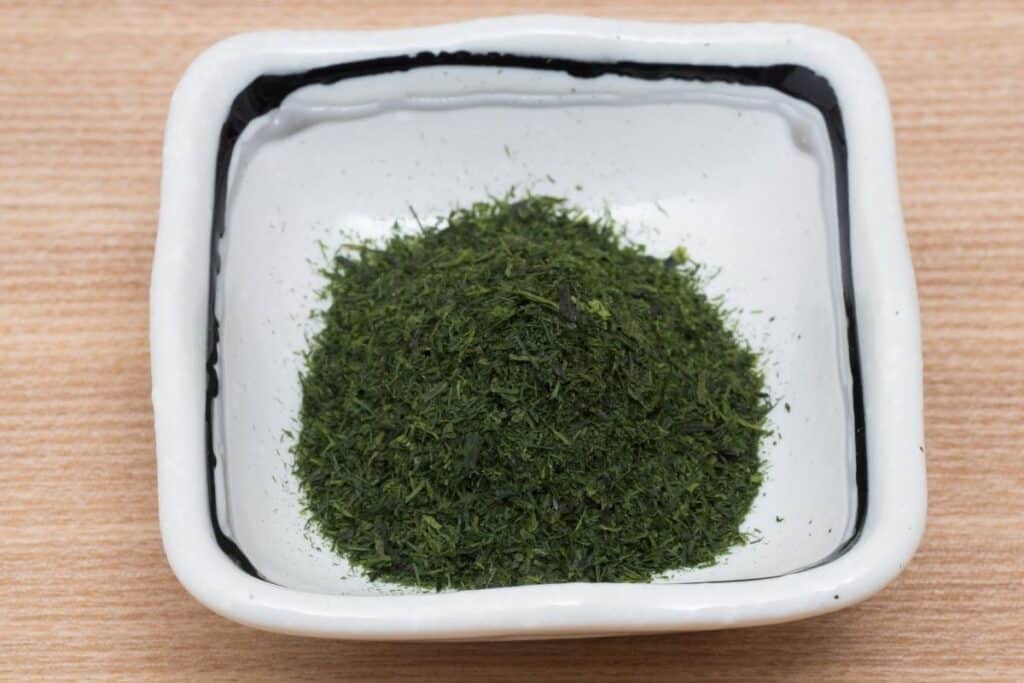
Furikake
Furikake is a salty condiment often paired with rice. It was originally a food ration during WWII to provide meager amounts of food with more nutritional value. This often includes fried fish, seaweed, plum, dehydrated egg, shrimp, and Shiso.
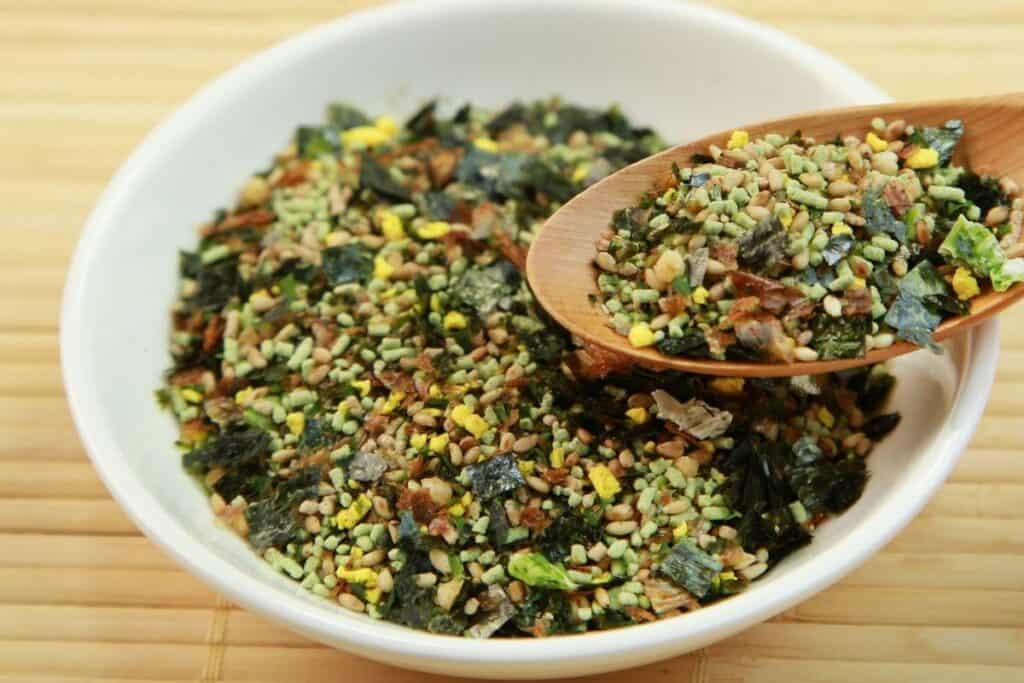
Goma
Many recipes from Japan include Goma, better understood as sesame seeds. There are white or black ones and used either whole or ground. It goes over simmered and stir-fried dishes while being a major ingredient in sauces and dressings for salads and hotpot dishes.
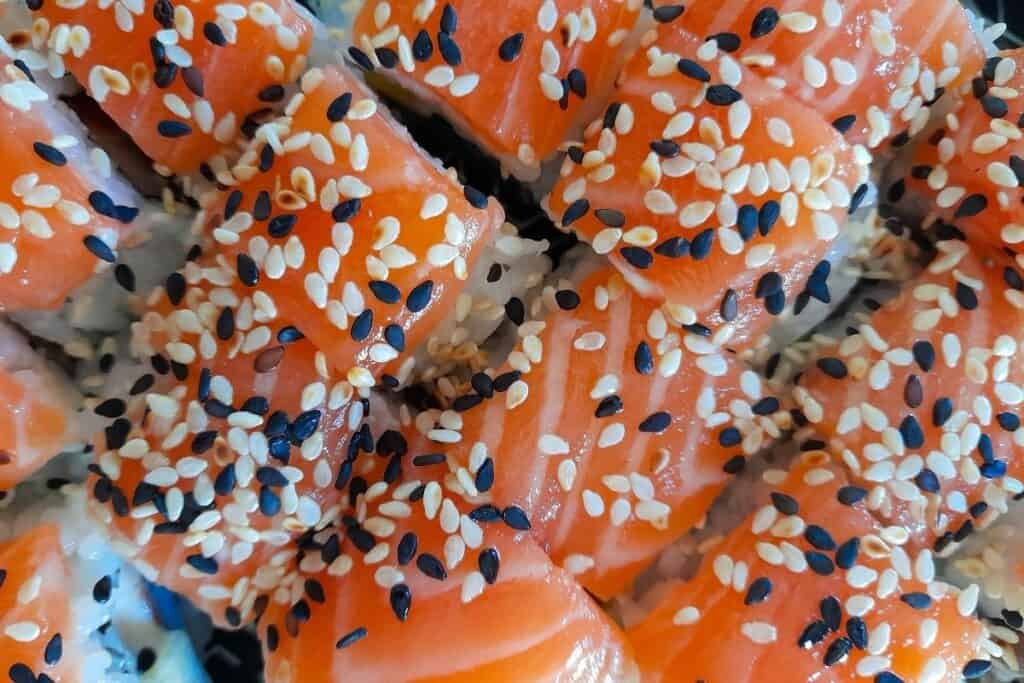
Ichimi
Ichimi, which means “one flavor,” is a chili pepper spice. It’s used on many noodle dishes like soba, udon, and pork miso. It’s frequently found at many restaurants and preferred for those who like a little heat to their food.
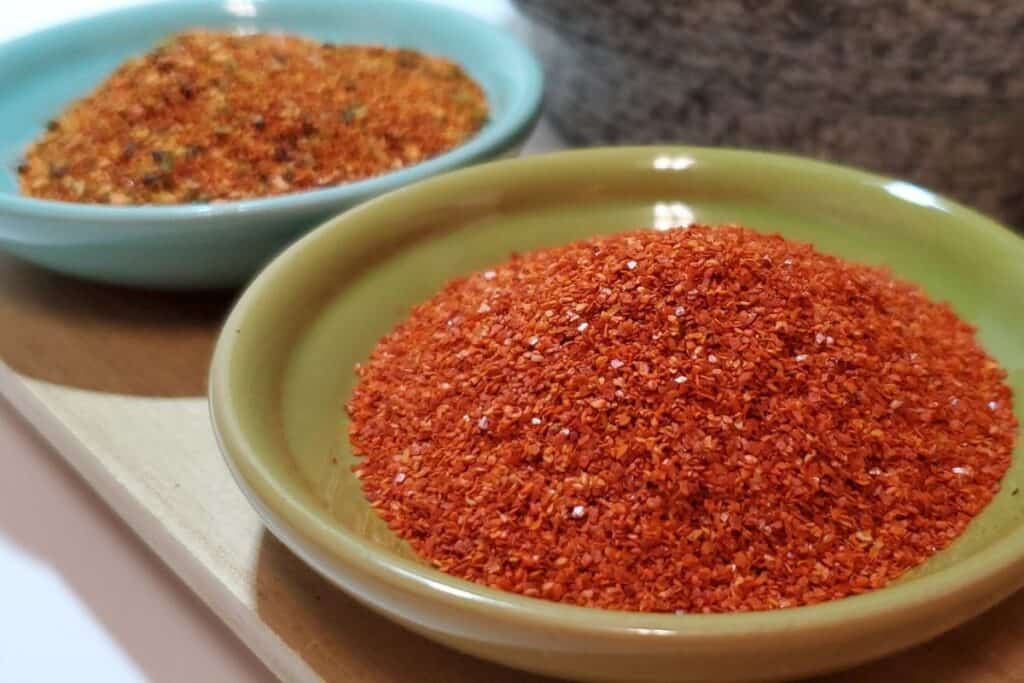
Katsuobushi
Shaved and dried bonito flakes are what make up Katsuobushi and are a fundamental aspect of Japanese cooking. The basic Japanese soup stock, called dashi, that goes into a variety of dishes, comprises Katsuobushi. Plus, it also makes a great topping for cold tofu, vegetable appetizers, savory-style pancakes, and battered Takoyaki or octopus balls.
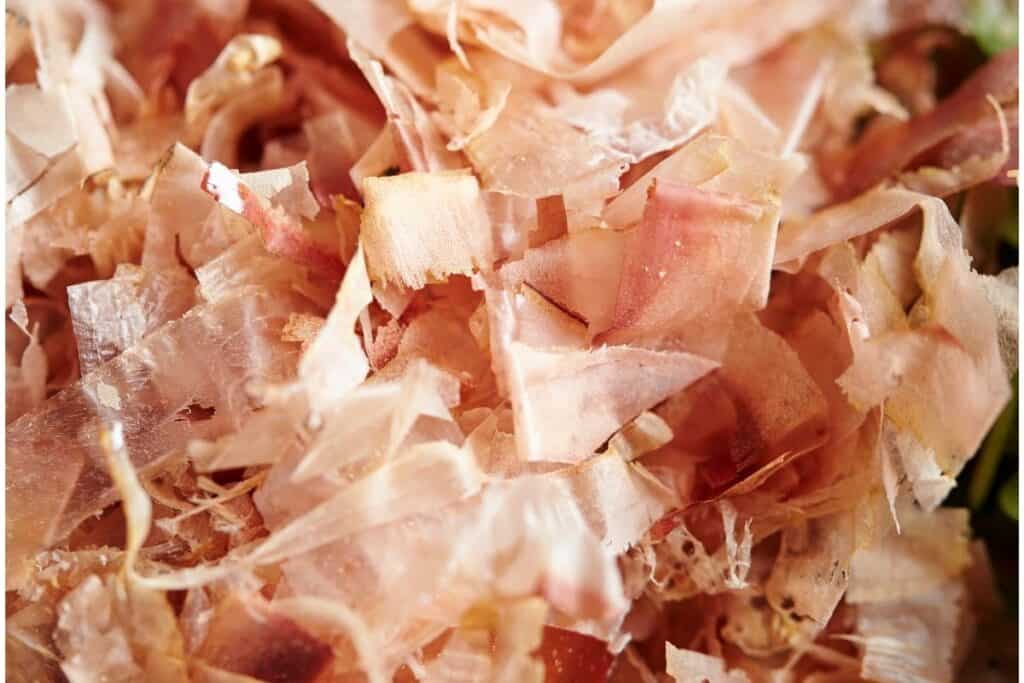
Kosho
Kosho is a standard ground pepper that is sometimes featured on the table at Western or Chinese restaurants. It’s rarely used in traditional dishes.
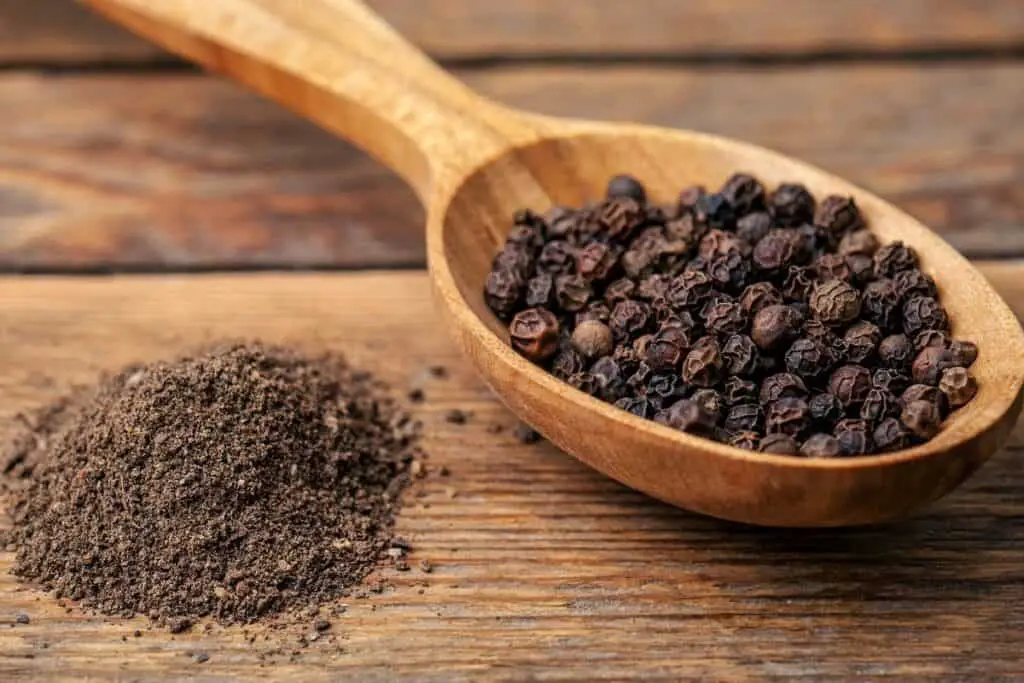
Menma
This is a very popular condiment that makes a perfect pairing for noodle soups, like ramen, or plain rice. These are bamboo shoots dried in the sun and then fermented in sesame oil, soy sauce, sugar, and salt.
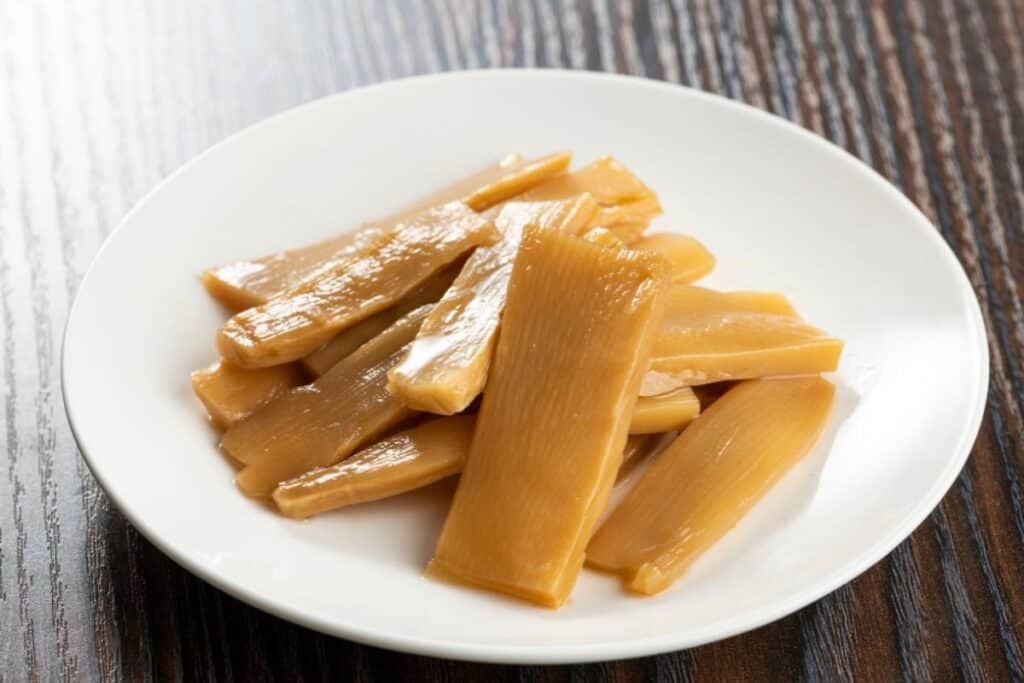
Sansho
Otherwise known as Japanese pepper, Sansho is a common spice that’s aromatic and lightly spicy. Seeds grind into powder and sprinkled on dishes or grilled eel.
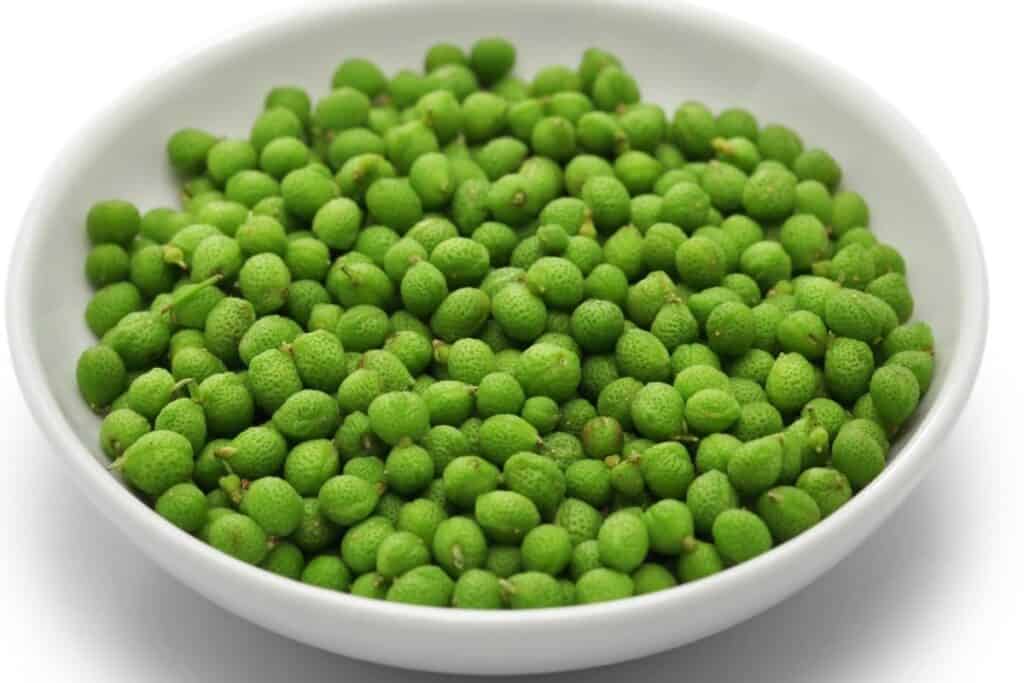
Shichimi
Also known as “seven flavors,” Shichimi is a ubiquitous Japanese spice containing a blend of, as the name implies, seven ingredients. They include chili peppers, sesame seeds, Sancho pepper, hemp seeds, and citrus peel. It’s spicy and fragrant that makes a great addition to bland or simple dishes.
It’s very good sprinkled over noodle and donburi dishes. Things like udon, soba, and pork miso soup are just a few. It’s common to find this featured at many restaurants.
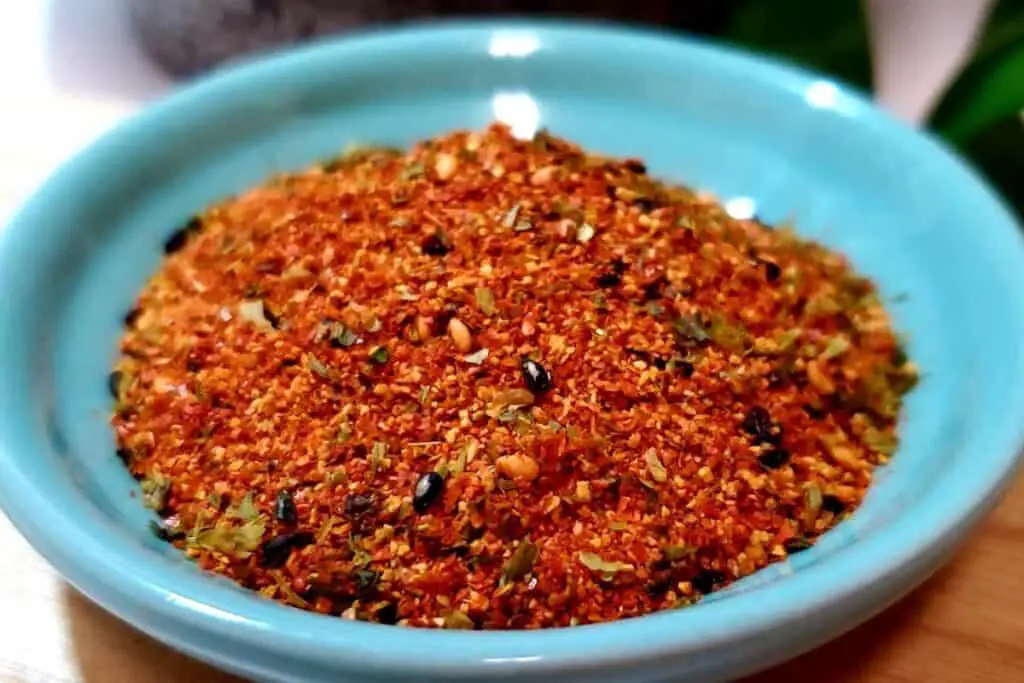
Shio
Shio is a type of sea salt that’s not only a universal spice in Japanese cuisine, but it’s also a religious purification aid. It’s rare for it to be sitting at a table as you would find in the US or the UK.
However, Shio is an alternative to using a dipping sauce for tempura and for Western-style dishes or grilled meats. Sometimes, it’s blended with powdered curry or green tea.
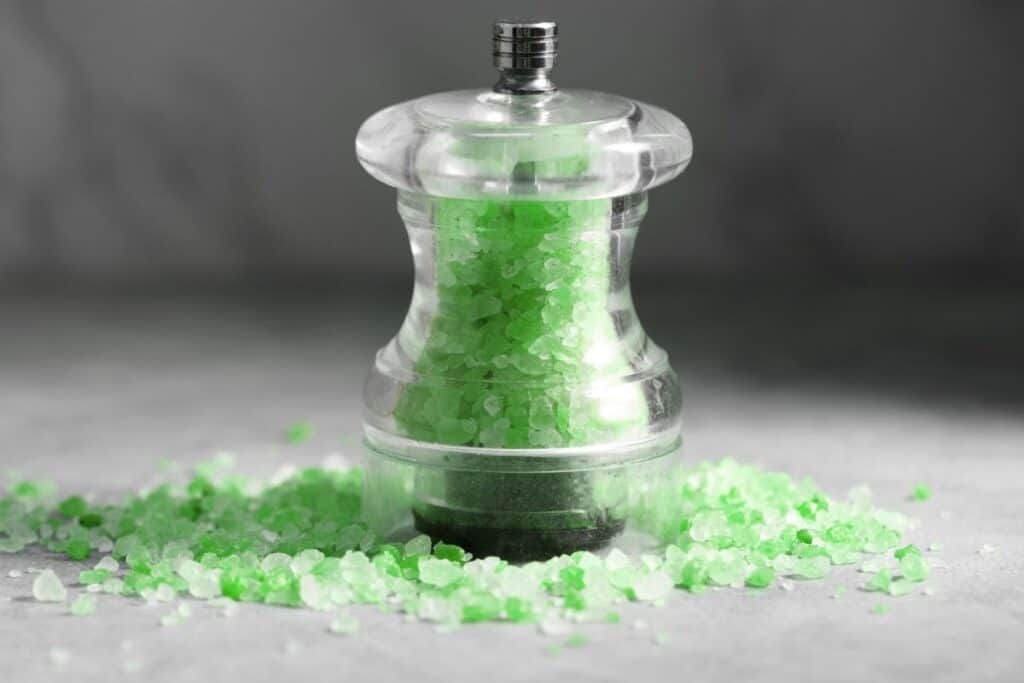
Spreads and Pastes
Karashi
Known as Japanese Hot Mustard, Karashi isn’t as spicy as Wasabi but it still has quite a kick to it. It’s a yellow paste often paired with oden, fermented soybeans, or deep-fried pork cutlets.
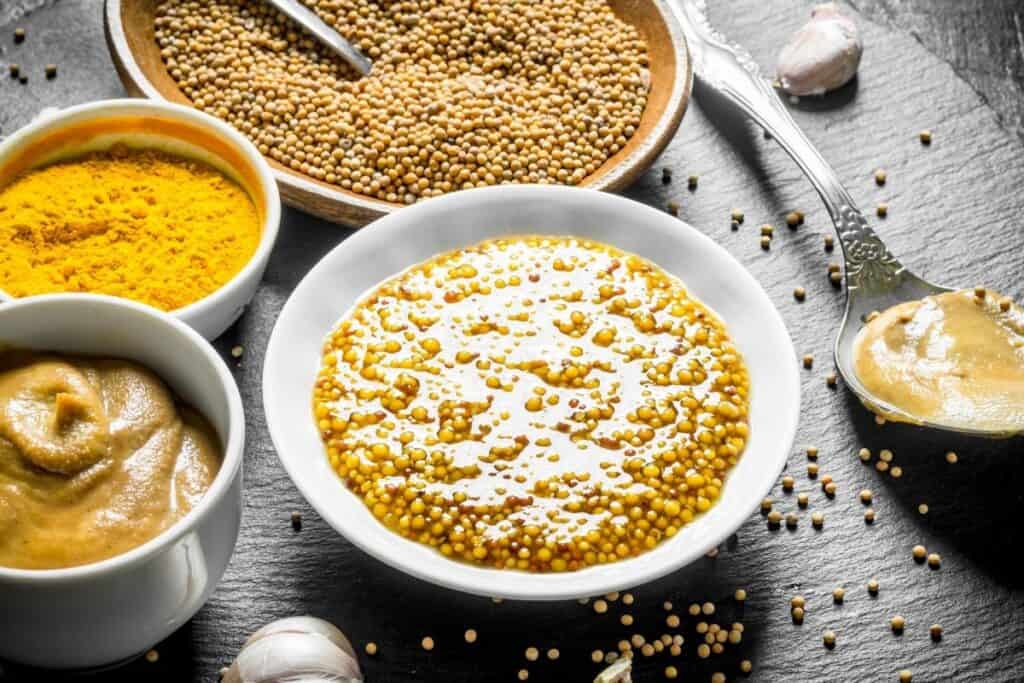
Mayonnaise (mayonezu)
If you’re looking for something to add to your go-to list, put Japanese mayonnaise on the top of it. It’s served with deep-fried foods like Chicken Karaage and potatoes as well as on savory-style pancakes or battered takoyaki or octopus balls. It also mixes well with egg or potato salads.
The most common brand of mayonnaise in Japan is sold under the name Kewpie.
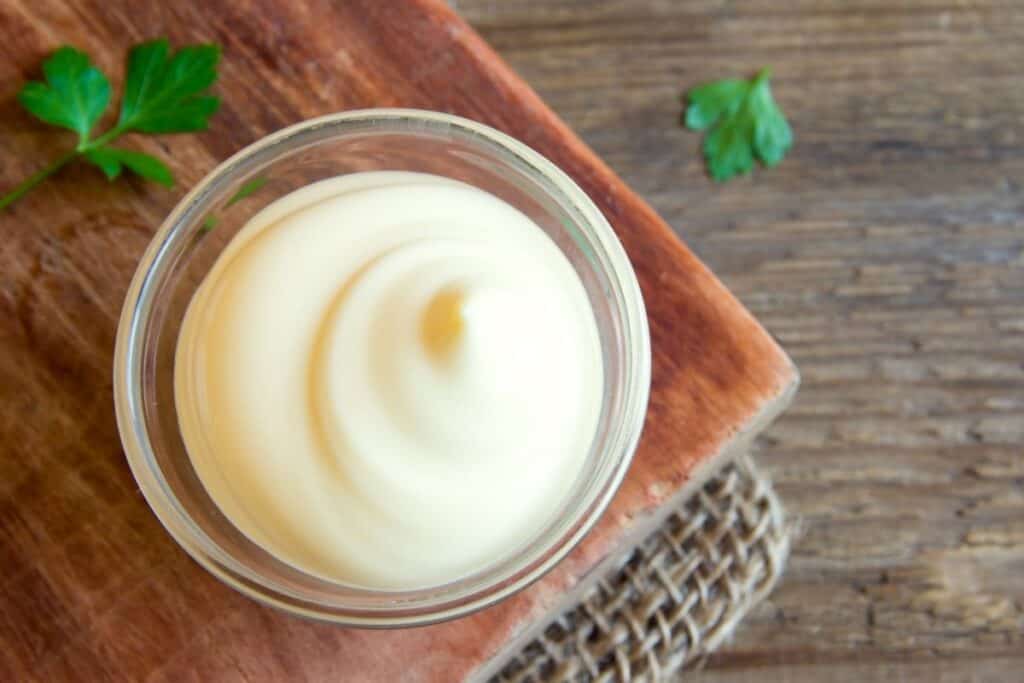
Shoga
Shoga is another word for ginger. It comes grated or shaved think slices to provide freshness with a dab of heat. It’s excellent on sushi and sashimi but it also goes well with cold tofu and many other dishes. People often substitute Shoga for Wasabi.
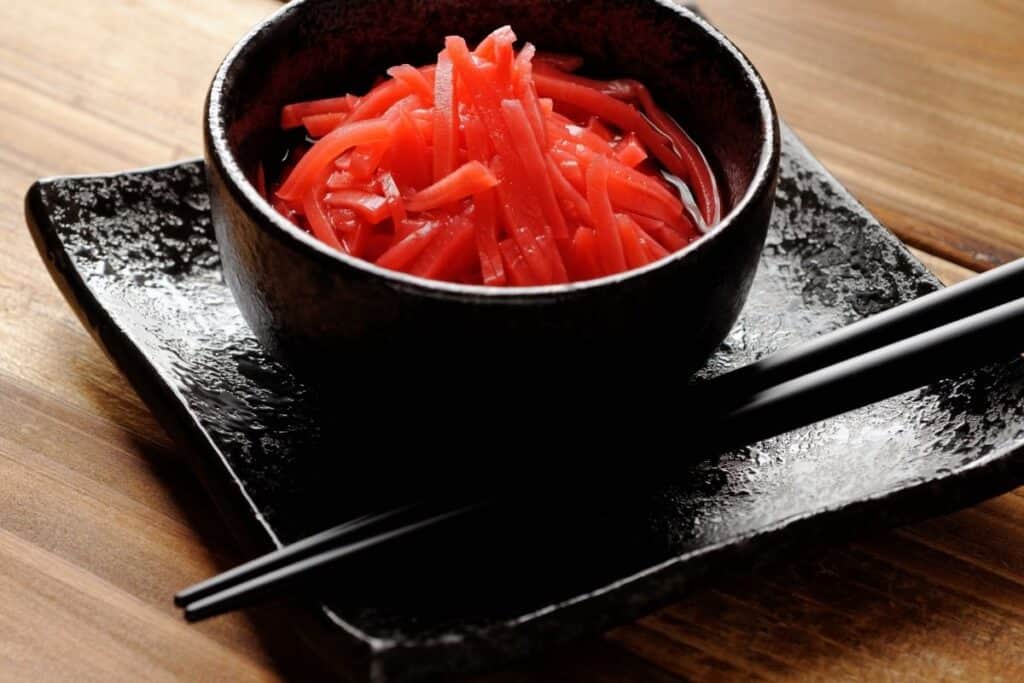
Wasabi
Wasabi is a super hot Japanese spice with worldwide acclaim. Most people often recognize it as an accompaniment to sushi. Known as Japanese horseradish, it’s a green root vegetable that’s ground and grated into a paste. Not only does it go great on sushi, but also sashimi and grilled meat.
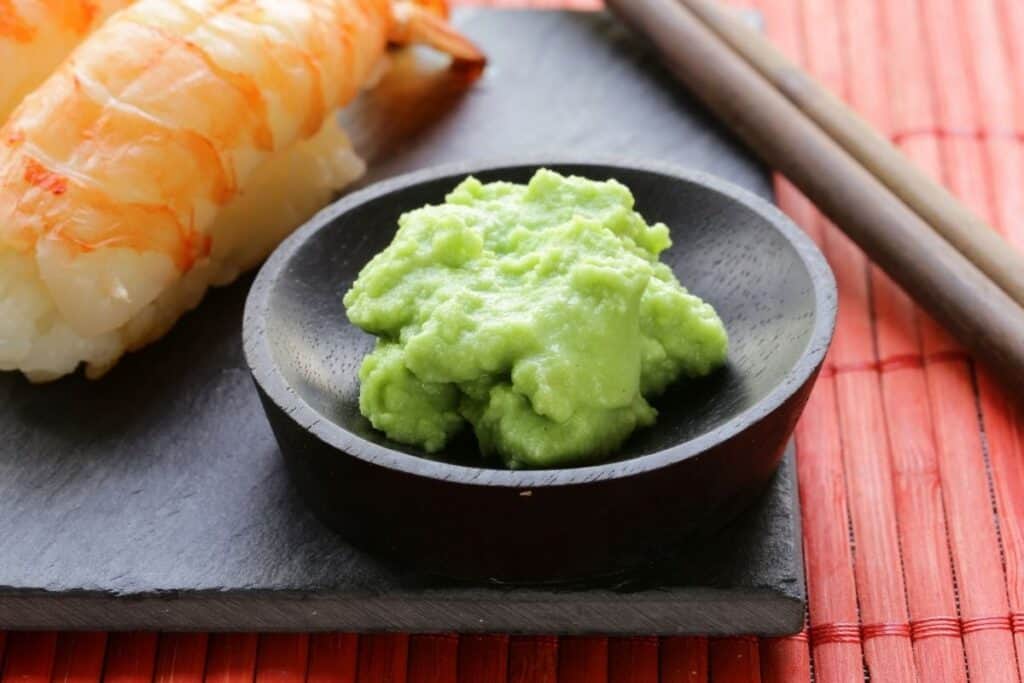
Yuzukosho
For an unusual paste, Yuzukosho contains the peel from a citrus fruit called yuzu along with Ichimi and Shio. It’s a regional flavor from Kyushu, where the seasoning is from, and is excellent on grilled meat, hotpots, miso soup, and sashimi.
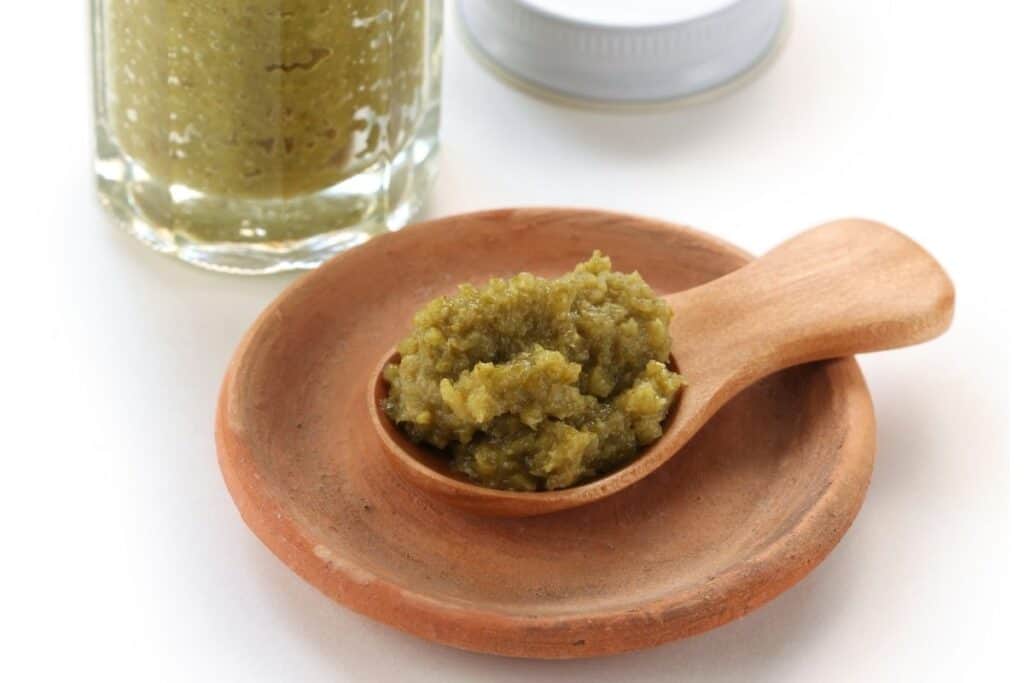
Sauces
Mirin and Ryorishu
Also known as cooking Sake, Mirin and Ryorishu are rice wines specifically for the purposes of creating Japanese cuisine. The difference between the two is that Mirin has sugar. These are absolute must-haves for creating a Japanese-style flavor for dinner.
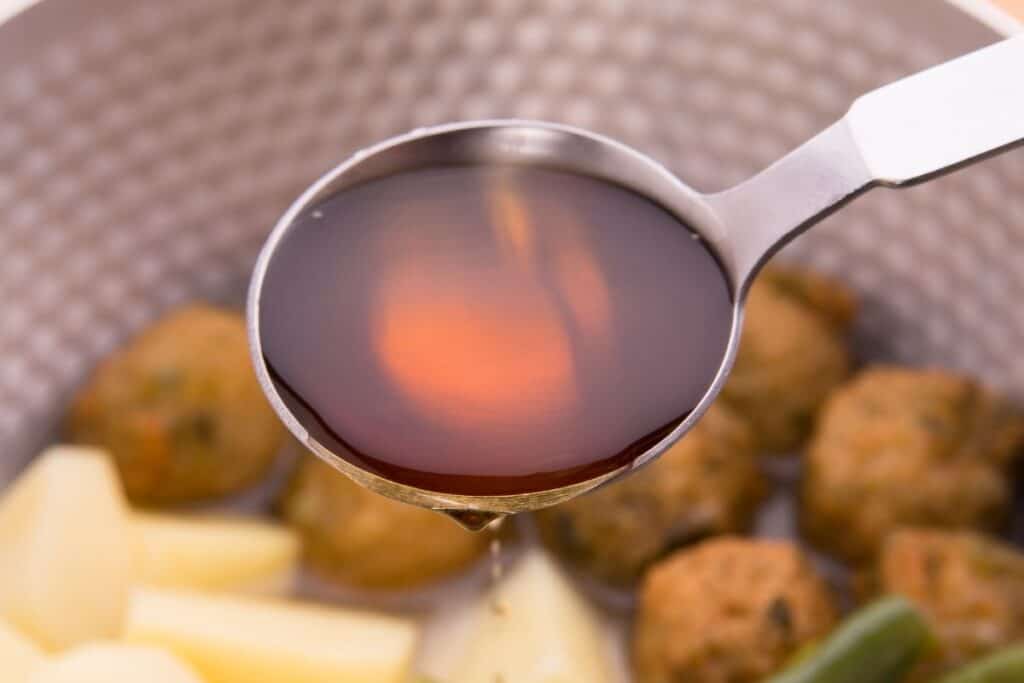
Ponzu
Citrus fruit juice and soy sauce make up Ponzu. This is a dipping sauce with a light and clean yet tart palette good for savory dishes. They go well on seafood plates and hotpots. It sometimes gets mixed with grated daikon to counter the oiliness of certain dishes.
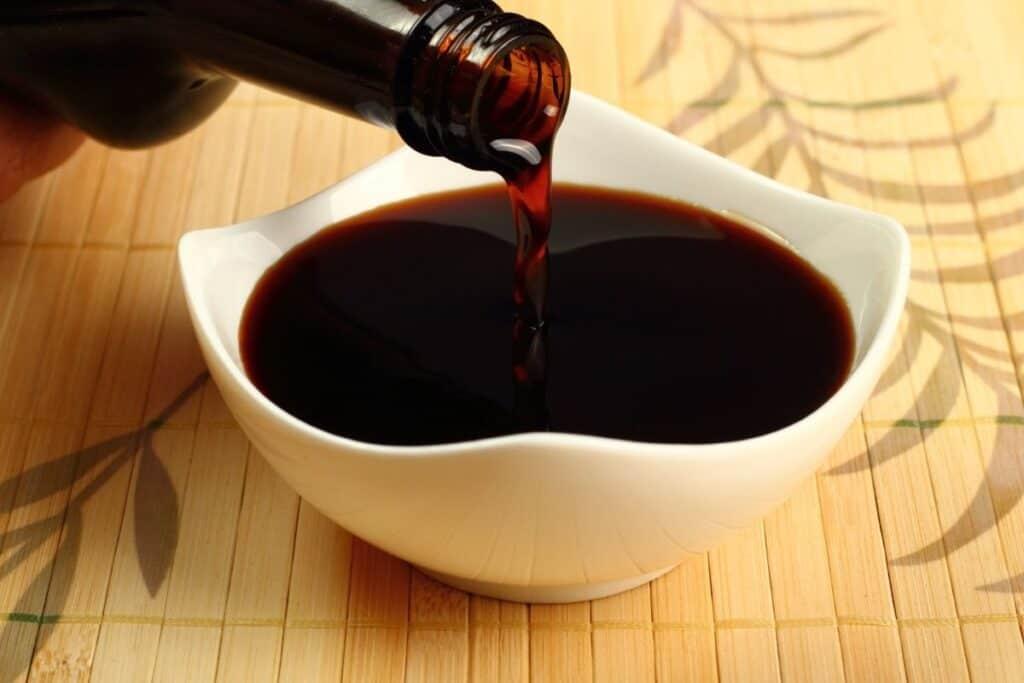
Rayu
Rayu is the Japanese word for Chili Oil and is a popular condiment at ramen and Chinese restaurants. It’s common to mix Rayu with vinegar and/or soy sauce as a dipping sauce for dumplings, called Gyoza.
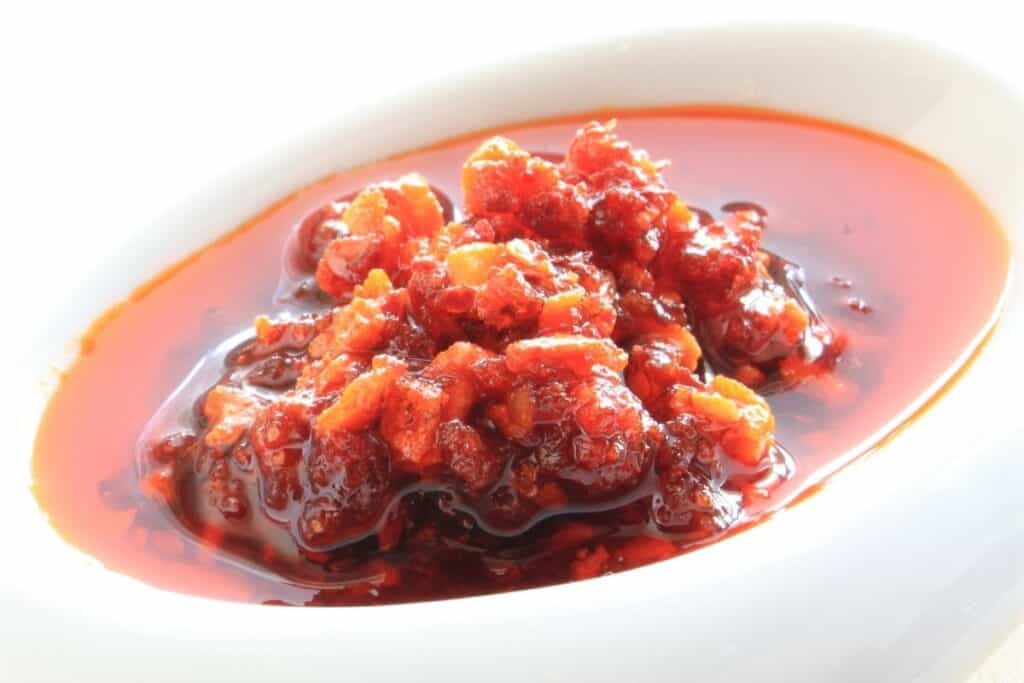
Usuta Sasu
This dark sauce, often referred to as Japanese Worchester, features heavily in Japanese cuisine and has many variations. Almost any dish will benefit from this sauce that’s either poured or used as a dipping sauce.
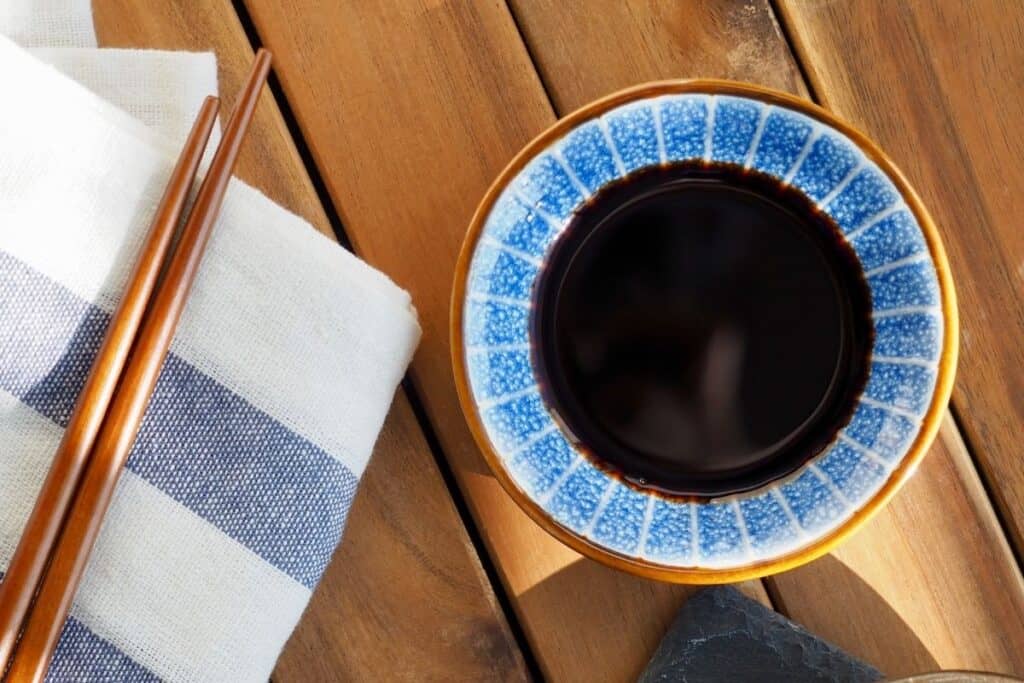
Shoyu
Shoyu is, essentially, Japanese Soy Sauce. You’ll see this most often at restaurants and used widely in many dishes. It’s a fermented soybean product that gives depth to dishes either as a cooking ingredient or dipping sauce.
However, unlike the Chinese kind, there are several different Japanese types that include light and dark. Shoyu is most famously from places like Chiba Prefecture and Shodoshima Island.
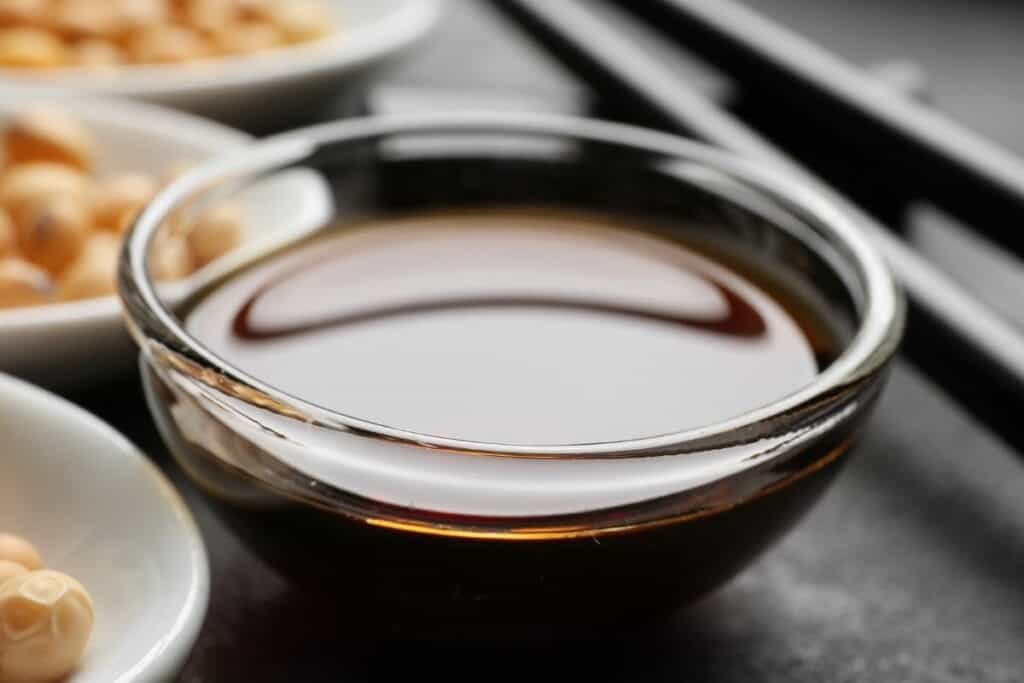
Su
Otherwise better known as vinegar, Su is a common ingredient in an array of Japanese dishes. The two most popular ones are rice or wheat. These are often added to foods before serving but sometimes used while cooking. It’s most commonly put into dipping sauces for Gyoza.
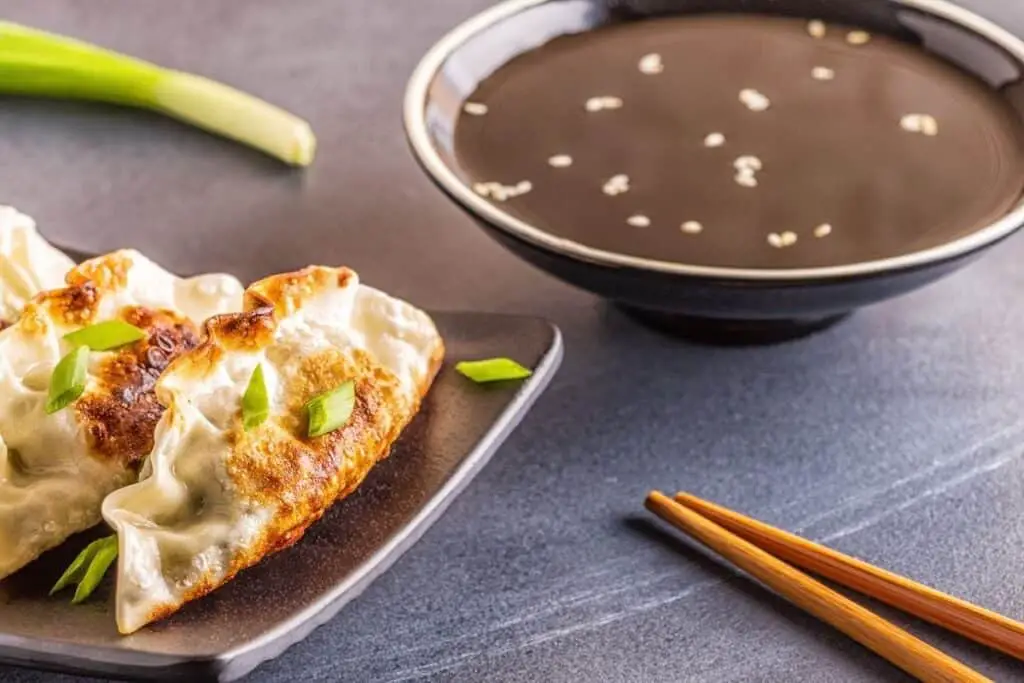
Tonkatsu Sauce
For a topping sauce good for fried pork cutlets, chicken dishes, and potato croquettes, Tonkatsu is delightful. It’s a thick, fruity brown sauce that comes in varying textures. Usuta is thin, while Chuno has a medium texture. Usuta is popular in the Kansai region of Japan and Chuno has acclaim in the Kanto region.
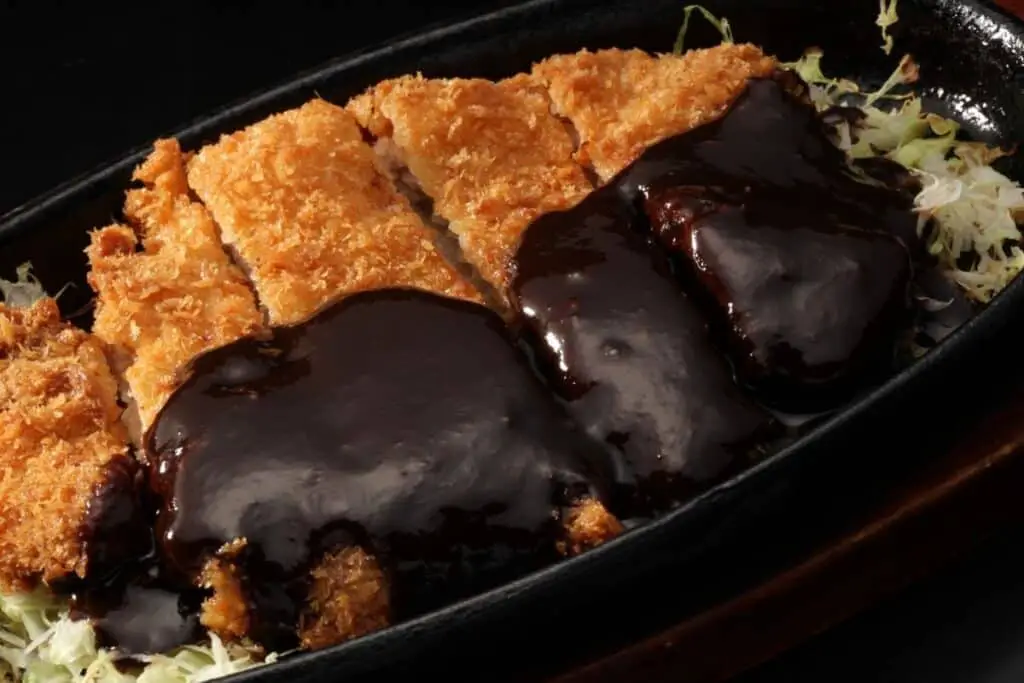
Tsuyu
Tsuyu is a Shoyu-based dipping sauce that can combine various other ingredients. The two most popular kinds are Ten-Tsuyu, containing mirin and sugar, or Men-Tsuyu, which has a seafood-based soup stock.
These sauces pair well with tempura, udon, soba, and romen noodle dishes.
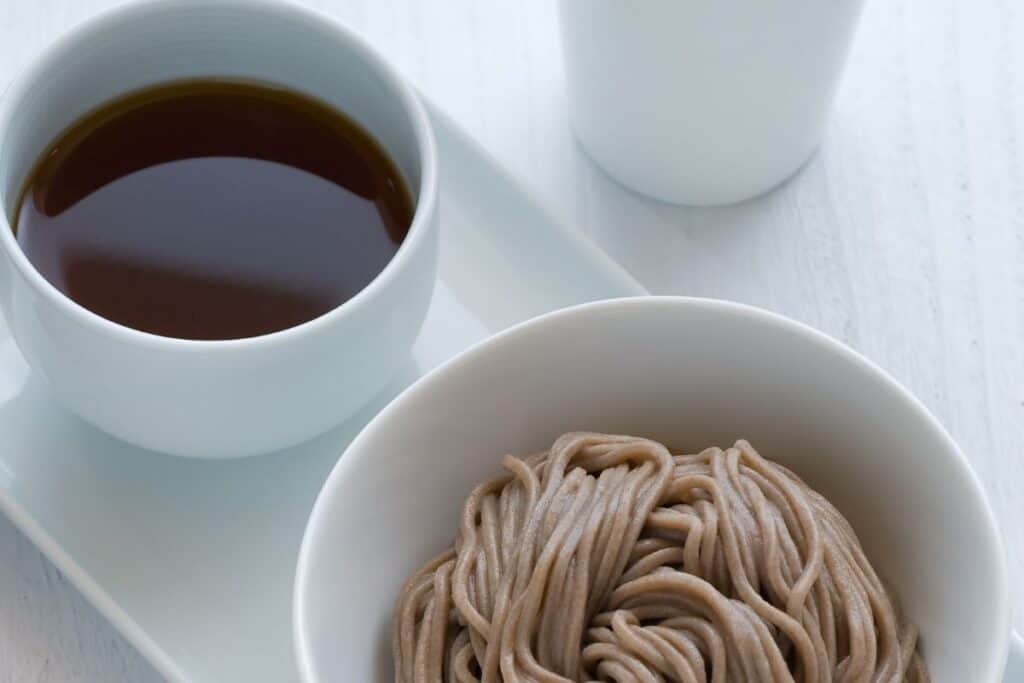
Wafu Dressing
Literally translating to “Japanese-Style Dressing,” Wafu Dressing is a standard blend of soy sauce, rice vinegar, and vegetable oil. Other variations include Aonori, grated ginger, wasabi, or yuzu citrus.
It goes on a host of green salads or cold vegetables.
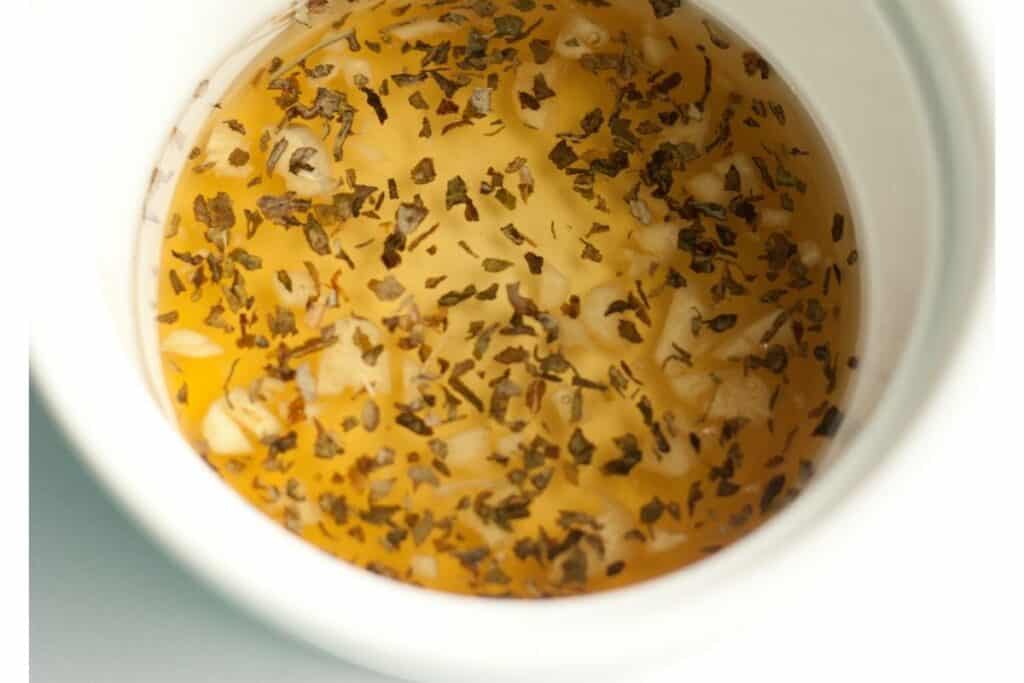
Conclusion
There are other, more obscure sauces, condiments, and seasonings that people use in Japan. But, the ones above are common to a myriad of dishes. With so many to pick from, it’s not a matter of knowing what they are but which one to select for your next tempura or gyoza dish.
For a great selection of spices and common Japanese food items check out Yummy Bazaar. They have a great selection of Japanese spices and sauces as well as items from many other country’s culinary ingredients.

